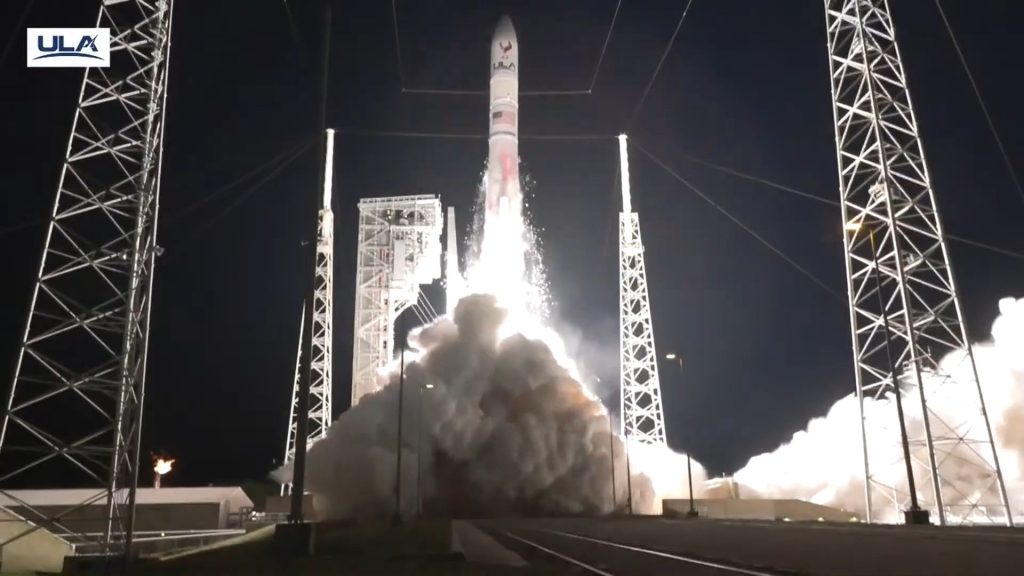Blue Origin finally entered the orbital space industry on 8 January 2024, powering the first stage of the ULA Vulcan Centaur rocket with its twin BE-4 engines. The methane-fuelled design is the highest thrust rocket engine now in service, just a hair over the SpaceX Raptor 2.

The remarkable success of the ULA Vulcan on its first launch was quickly overshadowed by the failure of Peregrine-1 to deploy its solar array. When Astrobotic engineers attempted to recover the lander, they discovered its propulsion system was suffering from an uncontrollable propellant leak, dooming the mission, and delaying a much-anticipated US return to the moon.
On 9 January, NASA announced that the Artemis II circumlunar mission will fly no earlier than September 2025. Even though no landing is planned, there have still been engineering challenges with the Orion crew vehicle.

The Orienspace Gravity-1 also made its maiden voyage this week, lifting the first three Yunyao 1 weather satellites into orbit. Gravity-1 is a two-stage solid rocket capable of 6500 kg to LEO. It launched from a ship in the Dongfang Spaceport, a maritime launch area in the Yellow Sea.
